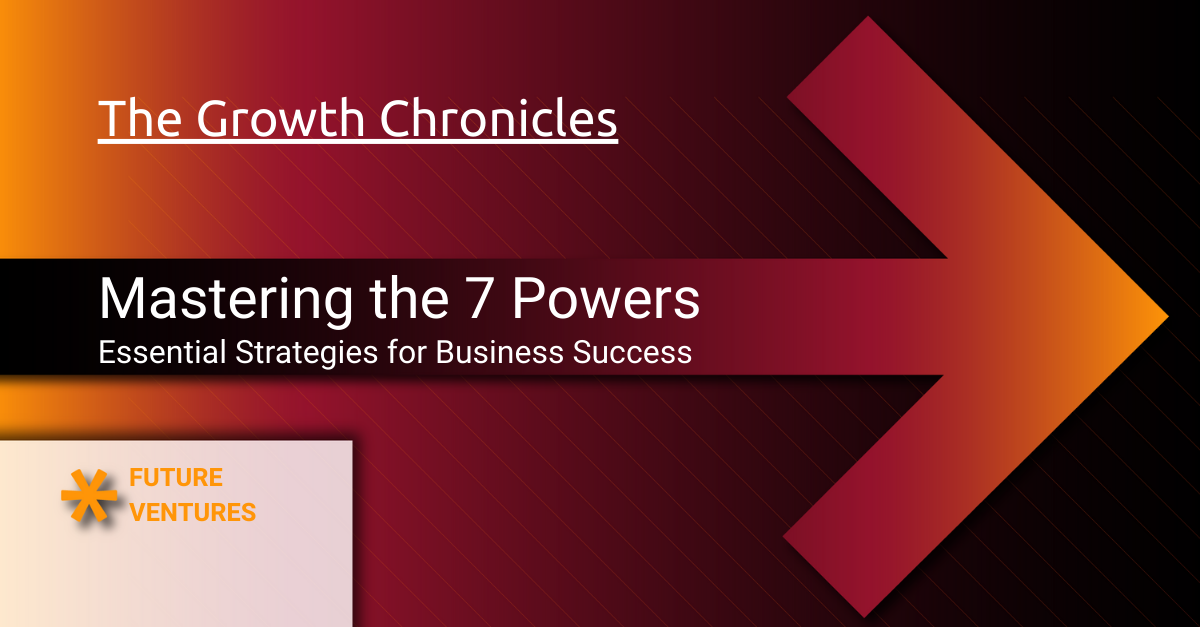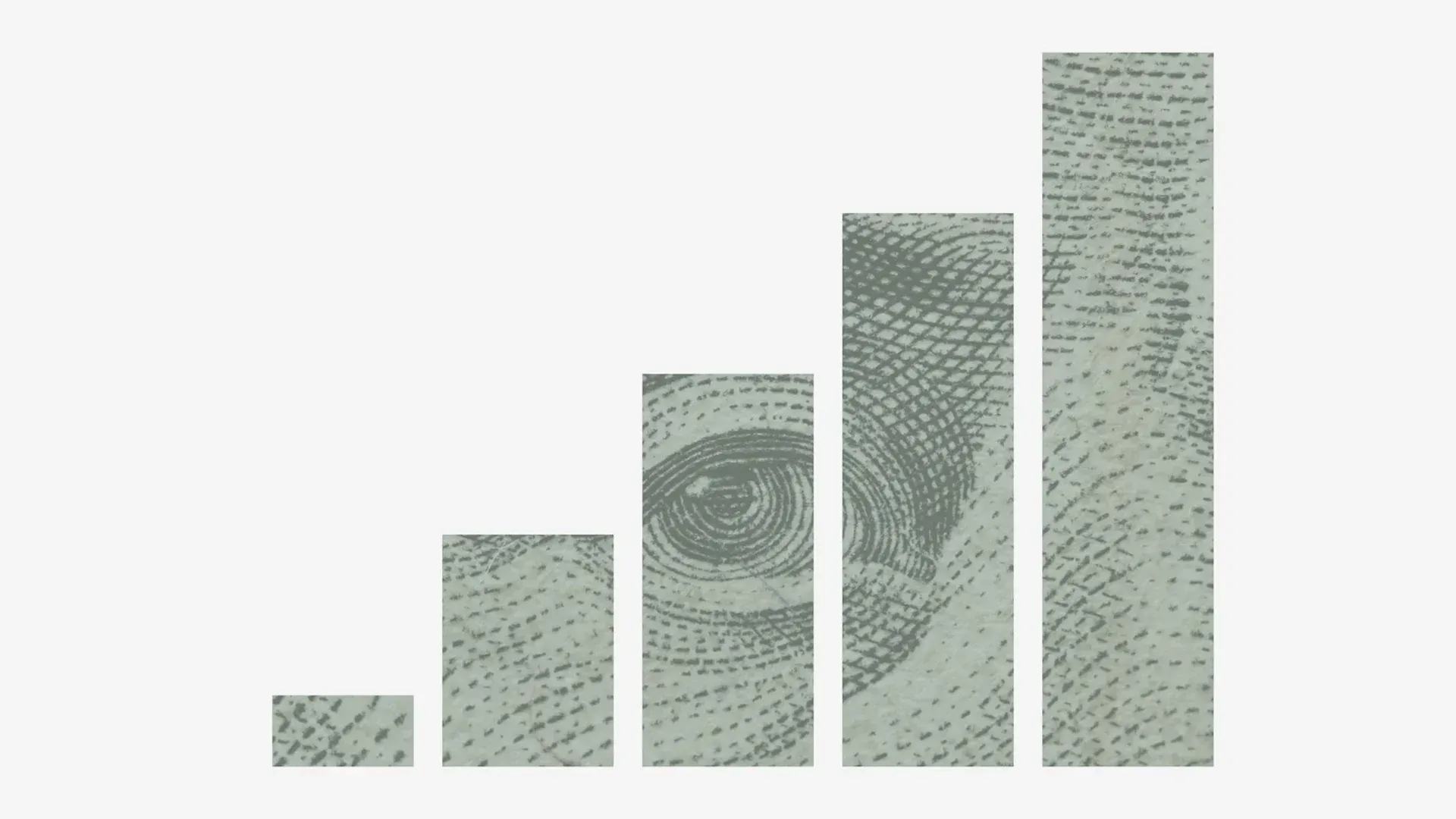A Comprehensive Guide to 5S Mapping: Enhance Your Workplace Efficiency
Introduction: Why the 5S is Strategy, Not Housekeeping
Think of your business as a Formula 1 team. You may have the best driver (CEO), the sharpest strategist (CFO), and the boldest vision (founder’s dream). However, if the pit crew fumbles with tools, if the tires are not readied for a changeover, if everyone on the team does not precisely know their expected tasks, and if your team is not practiced, your car will likely be dead last. That’s what workplace inefficiency does: it kills speed, precision, and margin.
Most CEOs dismiss “workplace organization” as housekeeping. Wrong. It’s capital allocation on speed and efficiency. Every misplaced tool, every extra step walked by an employee, every digital file buried in a cloud storage graveyard. Those are hidden taxes on your EBITDA. Organizations must be more efficient and reduce waste to remain competitive in today’s fast-paced business environment.
Enter 5S Mapping, a deceptively simple tool from the Toyota Production System that has outperformed McKinsey slide decks for 70 years. For you as a scaling leader, it’s not about tidiness; it’s about building a profit machine that never leaks. 5S is often implemented as part of a larger initiative, such as Lean or Lean Six Sigma, to drive comprehensive organizational improvement. 5S is a five-step methodology that creates a more organized and productive workspace. The Lean philosophy encourages continuous improvement for long-term success.
Implementing 5S brings numerous benefits, including enhanced safety, reduced waste and cost savings. All of which contribute to greater organizational effectiveness.
History and Origins: The Evolution of Workplace Excellence
The 5S methodology originated in post-war Japan, where it became a key component of the Toyota Production System (TPS) in the 1950s. Designed to eliminate waste and drive productivity, 5S was built on five foundational steps: Seiri (Sort), Seiton (Set in Order), Seiso (Shine), Seiketsu (Standardize), and Shitsuke (Sustain). Each step represents a critical discipline for workplace organization and efficiency.
This approach was deeply influenced by Japan’s cultural emphasis on orderliness and discipline, as well as earlier Western practices, such as Henry Ford’s CANDO principles. Toyota’s engineers adapted these ideas, embedding them into their processes to create a system where visual management and regular maintenance were not just tasks, but habits. The result was a workplace where team members could instantly identify essential items, eliminate unnecessary items, and maintain a high standard of organization, minimizing the risk of accidents and ensuring that old habits didn’t creep back in.
As the 5S initiative proved its value in manufacturing, its practical use spread to industries as diverse as healthcare, finance, and education. The methodology’s focus on continuous improvement and sustaining gains has made it a cornerstone for teams seeking to achieve a new current state of efficiency. By emphasizing discipline and teamwork, 5S helps organizations maintain their processes, reduce waste and adapt to changing demands, ensuring that every work area remains a model of productivity and safety.
Today, the 5S methodology stands as a testament to the power of structured, team-driven improvement. Its evolution from a factory floor tool to a universal process for excellence highlights the critical role of visual management, regular maintenance, and a relentless focus on eliminating waste in achieving and sustaining workplace success.
5S Methodology: The Five Building Blocks
The 5S framework comes from Japan but translates universally. Each “S” is a discipline, and together they form a system of continuous efficiency.
The original Japanese 5S terms have English counterparts, which maintain the same concepts and start with 'S' to match the original structure, ensuring the underlying philosophy is preserved across languages.
In English, the 5Ss are: Sort, Set in Order, Shine, Standardize, and Sustain. It establishes a visual workplace where the status of tools and equipment is clear and obviously visible to everyone.
| Japanese | English | Purpose | CEO Translation |
|---|---|---|---|
| Seiri | Sort | Eliminate what you don’t need. | Cut the fat. Fast. |
| Seiton | Set in Order | Organize and label everything. | Make speed visible. |
| Seiso | Shine | Clean and inspect regularly. | Maintenance is insurance. |
| Seiketsu | Standardize | Create repeatable systems. | Institutionalize excellence. |
| Shitsuke | Sustain | Embed it as part of the culture. Not a project. | From habit to identity. |
👉 Key Insight: Think of it as a gym program for your company: Sort = diet, Set in Order = weights, Shine = cardio, Standardize = routine, Sustain = lifestyle change.
Toyota Production System: The DNA of 5S
The Toyota Production System (TPS) wasn’t just about cars; it was about erasing waste. Waste wasn’t garbage. It was time, motion, mistakes, waiting, and excess. 5S was Toyota’s foundational tool to target the “seven wastes.” The Toyota Production System (TPS) is considered a model for successful Lean manufacturing. Implementing Lean can lead to significant cost reductions and improved quality, making it a cornerstone of operational excellence.
Mini Case Study:
In the 1970s, Toyota applied 5S rigorously while U.S. automakers drowned in overproduction and defects. The result? Toyota produced cars faster, more efficiently, with fewer defects, at lower prices, and with higher margins. The company flipped the global auto hierarchy, leaving Detroit stunned.
👉 Key Insight: 5S isn’t optional. It’s the price of competing.
Step 1 - Sort: Decluttering as Strategy
Sort is a fundamental step in the 5S methodology, where you declare war on clutter. It’s not just spring cleaning. It’s cost-cutting disguised as minimalism.
Checklist for Sorting (Example):
- Identify essential vs. nonessential items.
- Determine whether items are necessary for the job and how often they are used.
- Evaluate if each item is essential for the job to be done effectively.
- Apply red tags to questionable items.
- Remove, recycle, or relocate any items that have been unused for 30 days or more.
- Eliminate duplicate tools, files and workflows. The ‘red tag’ method is often used in the Sort step to identify and manage items that need to be removed from a workspace.
After sorting, move any remaining unnecessary items to storage or eliminate them to optimize organization and reduce waste.
This case study is an example of the impact of effective sorting:
Mini Case Study:
A scaling distribution company in Alberta implemented red-tagging and discovered $500,000 worth of obsolete inventory. Clearing it freed up 1,200 sq. ft., which became a new packing line delivering ROI in six months.
👉 Key Insight: Every square foot is real estate. Every redundant file is a waste of bandwidth.
Step 2 - Set in Order: Organizing the Workplace. Visibility Equals Velocity.
Once you sort, you set in order. This isn’t about neatness. It’s about reducing friction. 'Set in Order' is the second step of the 5S methodology, focusing on organizing the workspace for efficiency. 5S mapping is a visual tool used during the ‘Set in Order’ phase of the 5S methodology to analyze and optimize the physical layout of a workspace. Mapping helps pinpoint excessive employee movement and reduce excess motion, allowing for a more ergonomic and logical placement of tools and materials. Having a clear plan for organizing the workspace layout is essential to ensure ongoing efficiency and standardization. Visual cues and 5S practices enable workers to carry out tasks efficiently and safely as part of their daily operations.
- Shadow Boards: Tools outlined visually so absence is obvious.
- Labels and Floor Markings: “A place for everything, everything in its place.”
- Digital Tools: QR codes linking to SOPs, RFID for asset tracking.
Traditional vs. Digital Organizing
| Traditional | Digital / Emerging |
|---|---|
| Shadow boards | IoT-enabled shadow boards |
| Floor tape | Augmented reality (AR) overlays |
| Labeling | QR codes linking to live manuals |
| Tool storage | RFID asset tracking |
Mini Case Study:
A Canadian machining shop introduced shadow boards for 250+ tools. Tool retrieval time dropped from 3 minutes to 20 seconds. Multiplied across 80 machinists and 250 workdays, the company saved 1,000+ hours annually.
Step 3 - Shine: Cleanliness as Competitive Advantage
“Shine” isn’t about appearances. It’s about inspection while cleaning. Shine ensures that tools, equipment, and other items are thoroughly cleaned and inspected. A clean and organized workspace can help draw attention to potential safety hazards. Cleaning schedules and standards are created to ensure consistency and maintain high levels of organization.
Checklist for Shine:
- Daily cleaning routines are assigned to employees.
- Inspect equipment while cleaning.
- Track abnormalities (leaks, cracks, wear) before they become breakdowns.
Implementing Shine reduces the time spent on cleaning and equipment maintenance by making processes more efficient and minimizing wasted effort.
Mini Case Study:
A German food processor embedded shine into shifts. Result: 40% reduction in equipment downtime due to early detection.
👉 Future trend: Expect AI-driven cleaning robots that also collect predictive maintenance data. Your floor will polish itself while sending you an alert: “Line 3 will fail in 7 days unless addressed.”
Step 4 - Standardize: The Discipline of Repeatability
Standardization is where chaos dies. The Standardize step captures best practices and ensures 5S processes are repeatable. Establishing standardized processes is critical for sustaining Lean practices over time. This phase maintains the improvements achieved in earlier phases, ensuring the workplace remains clean, organized, and efficient.
- Document SOPs with visuals, not text walls.
- Train with short videos accessible via QR codes.
- Enable access to your Knowledge Hub via an AI chatbot.
- Automate where possible (packing labels, reporting).
- Design setups that prevent mistakes from occurring.
👉 Mini Case Study: An e-commerce startup standardized packing processes across shifts. Result: 70% fewer errors, 50% fewer customer complaints, and $200,000 in saved refunds annually.
Step 5 - Sustain: Driving Continuous Improvement
Here’s the truth: most 5S programs fail within 12 months. Why? Leaders treat them like a campaign, not a culture. The sustain step is the last step of the 5S methodology, focused on maintaining and integrating the previous steps into daily routines and company culture. Sustain focuses on maintaining the 5S processes on an ongoing basis. A consistent 5S process ensures that employees develop a habit of maintaining cleanliness and organization. Culture change within an organization is essential for the successful implementation of Lean principles, as it ensures long-term adherence and success.
How to Sustain:
- Weekly audits with scorecards, pre- and post-mortems.
- Gamify 5S: Teams compete for “best station.”
- Make 5S part of onboarding.
Having planned routines and schedules for audits, walkthroughs, and other sustain activities is crucial to ensure ongoing adherence to 5S and prevent disorder.
Mini Case Study:
An Alberta packaging firm embedded 5S into employee KPIs. Result: sustained compliance at 92%+ over three years and lower turnover due to pride in the workspace.
The 5S Efficiency Matrix
| Step | Benefit | Cost if Ignored |
|---|---|---|
| Sort | Space and cost savings | Wasted inventory, high insurance |
| Set in Order | Speed and precision | Lost tools, wasted motion |
| Shine | Early problem detection | Equipment breakdowns |
| Standardize | Consistency and safety | Chaos, rework |
| Sustain | Cultural efficiency | Return to bad habits |
Overcoming Challenges: Culture Eats Process
Resistance is inevitable. People don’t resist change. They resist being changed.
Playbook for Resistance:
- Link 5S to safety and pride.
- Involve employees in redesign.
- Celebrate small wins.
- Use form assists: checklists, mobile apps, and visual templates. Engaging employees in the 5S process fosters a greater sense of ownership over workplace organization. Encouraging team involvement in addressing and eliminating waste leads to better identification of future non-conformances.
👉 Analogy: Think of 5S adoption like a gym membership. Initial motivation fades. Sustaining requires habit, coaching, and community.
Common Mistakes: How Leaders Self-Sabotage
- Declaring victory after the first cleanup.
- Neglecting training—assuming “it’s common sense.”
- Overengineering with excessive bureaucracy.
- Ignoring digital clutter.
👉 Key Insight: Your Dropbox or SharePoint is the new warehouse. If your team spends 10 minutes searching for a file, you’re losing money like a leaky pipe.
Measuring Success: The CEO Dashboard
You can’t manage what you don’t measure. Build a before-and-after dashboard.
Key Metrics:
- Productivity: Lead times, cycle times.
- Waste reduction: Space reclaimed, scrap % down.
- Safety: Incident reports reduced.
- Morale: Turnover and absenteeism down.
Mini Case Study:
A French electronics firm tracked 5S improvements. Result: 25% cycle time reduction, 18% space savings, and 30% fewer safety incidents.
The 5S ROI Matrix: Illustrative Example
| Metric | Before 5S | After 5S | Impact |
|---|---|---|---|
| Lead time | 12 days | 9 days | +25% faster |
| Scrap rate | 8% | 5% | +37% reduction |
| Floor space | 10,000 sq. ft. | 8,200 sq. ft. | +18% efficiency |
| Safety incidents | 15/year | 10/year | +30% safer |
5S Resources and Tools: Your Implementation Toolkit
Successful 5S implementation relies on having the right resources and tools to support teams in creating and maintaining efficient work areas. Here’s a practical toolkit to help your organization achieve and sustain the benefits of the 5S methodology:
- Red Tags: Essential during the sort phase, red tags provide a simple visual management system for identifying unnecessary items. Team members attach red tags to items that are not needed for daily operations, making it easy to identify what should be removed, relocated, or reviewed. This helps reduce waste and streamline the process.
- Shadow Boards: These boards are a powerful tool for workplace organization. By outlining the shape of each tool on a board or even using a cardboard backing, workers can see at just a glance if something is missing. This minimizes unnecessary motion and excess transportation, ensuring that every tool has a designated place and is always ready for use.
- 5S Maps: Offering a bird’s-eye view of the work area, 5S maps help teams visualize the most efficient arrangement of essential items. By mapping out processes and equipment locations, teams can identify bottlenecks, reduce unnecessary movement, and optimize daily operations for maximum efficiency.
- Work Instructions: Clear and concise work instructions are crucial for standardizing tasks and ensuring consistency. These documents outline the steps for each process, making it easy for team members to understand their roles and responsibilities in maintaining the 5S system. Well-crafted instructions help eliminate confusion and support continuous improvement.
- Regular Maintenance Checklists: To keep the gains achieved through the 5S initiative, regular maintenance is key. Checklists ensure that the shine step is consistently applied, helping teams maintain clean, organized work areas and minimizing the risk of equipment failure or safety incidents.
- Training Materials: Ongoing training is vital for building a culture of discipline and continuous improvement. Workshops, guides, and digital resources help employees understand the importance of each 5S phase and how to apply the methodology effectively in their daily tasks.
- Visual Cues: Signs, labels, and colour-coded markings serve as constant reminders for team members to maintain order and follow established processes. These visual cues reinforce workplace organization, making it easier for everyone to sustain improvements over time.
By equipping your teams with these resources and tools, you empower them to create efficient, organized, and safe work areas. The combination of practical tools, clear work instructions, and a commitment to regular maintenance ensures that the 5S methodology is not a one-off exercise, but a sustained, team-driven effort that delivers lasting results.
The Futurist Angle: The Next Frontier of 5S
Tomorrow’s 5S won’t be manual checklists. It will be smart, digital, and predictive.
- AI-powered Audits: Drones scanning floors for compliance.
- Digital Twins: Virtual replicas of your factory for scenario testing.
- Carbon Mapping: Tracking not just waste, but sustainability metrics.
- AR/VR training: Employees learning 5S through immersive modules.
For you as a scaling leader, the message is clear: don’t just adopt 5S, digitize it. The winners will integrate 5S with AI, IoT, and ESG frameworks, turning efficiency into a competitive moat. 5S can be applied across various industries, including healthcare, agriculture, and finance. Lean practices are effective across various industries, extending beyond manufacturing, and demonstrate their versatility and impact.
Conclusion: 5S as a Strategic Weapon
At its core, 5S Mapping isn’t about neatness. It’s about profits, culture, and scale.
Ask yourself: Is my workspace an asset or a liability? Because the clutter you tolerate today is the margin you forfeit tomorrow.
When you adopt 5S not as a campaign but as an identity, you stop cleaning up messes—and start building a machine that compounds efficiency, pride, and profitability.










